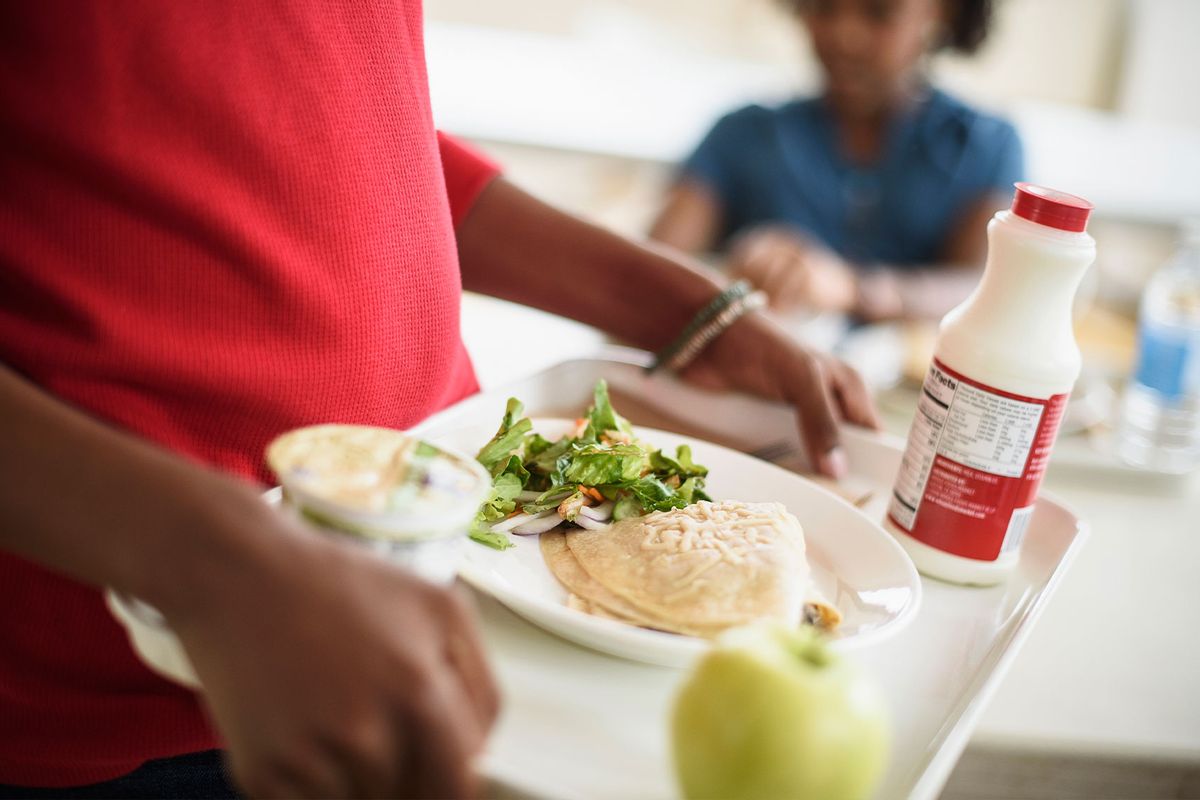California is continuing its ban on various food additives, this time with a new bill that targets specific chemicals served in school lunches throughout the state. The California School Food Safety Act (Assembly Bill 2316) will ban artificial dyes, which California lawmakers believe are linked to behavioral issues in children.
The bill prohibits state school districts and charter schools from serving foods or drinks that contain red dye No. 40, yellow dyes Nos. 5 and 6, blue dyes Nos. 1 and 2, and green dye No. 3 to children in kindergarten through 12th grade. These dyes are commonly found in ice creams, fruit snacks, drinks (like Gatorade and SunnyD), cereals, candy and flavored chips.
Although research into the neurological effects of artificial food dyes is still ongoing, such dyes have been shown to have negative impacts on children’s attention span. California’s Office of Environmental Health Hazard Assessment (OEHHA) research into the link between food dyes and child behavior found that the levels (or doses) of dyes deemed “safe” by the Food and Drug Administration (FDA) “do not adequately take neurobehavioral effects into account.” That’s because the animal studies that the FDA conducted to determine an acceptable exposure level “are many decades old and were not capable of detecting the types of neurobehavioral outcomes measured in later studies, or for which there is concern in children consuming synthetic dyes,” per OEHHA.
The recent School Food Safety Act comes after Governor Gavin Newsom signed the California Food Safety Act, which prohibits the sale of foods containing brominated vegetable oil, potassium bromate, propylparaben, or red dye 3 in the state.



Shares